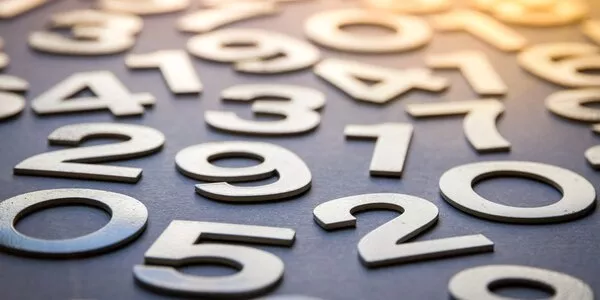
Behavioural Finance: first lessons of this new school year
Behavioural finance is defined by the application of psychology to finance: it differs from classical financial theory by considering individuals not as purely rational beings, but as being influenced by their emotions or by reasoning biases. For the youngest, September rhymes with the return to school. Let's take advantage of this back-to-school week to present two behavioural biases: the "anchoring bias" and the "halo bias". Let's take a look at some illustrations from school life and their translation into the financial world.
The anchoring bias present both at the first bad grade and when buying a schoolbag
If the start of the school year is synonymous with a reunion in the playground, it is often also marked by a few knowledge tests in the first few weeks. Let's imagine that Louis, a newcomer to the school, fails his first math homework assignment. In the absence of other marks in the subject and of history within the school, he will be judged as very poor in mathematics; both by his teacher and by his classmates. However, this subject could have been his strongest subject for several years and this poor grade could only be the result of a particular stress, a concept not taught last year or any other specific reason. The judgment of others will be influenced by this bad grade which will "stick to him". This is a typical example of "anchoring bias", which is defined by the difficulty in letting go of one's first impression.
This bias is very present in the triggering of purchasing acts: price negotiations, discussions around an estimate, posting of discounts .. Thus, the starting price is an "anchor" for our brain that focuses on the economy obtained in relation to this anchor. To continue on the theme of the start of the school year, whatever the poor quality of the corrected homework given to Louis, he will have to put it away in a binder. For the school supplies salesman, it will be much more effective to communicate the price outside the promotion and then mention the savings that will be made than to display the price directly after discounts. The feeling of getting a good deal will be conducive to triggering the act of buying!
Anchor bias plays an important role in investor behaviour. As an illustration, it is generally very difficult to sell a security at a loss in value when one knows its purchase price: one tends to cling to this reference even though it may have become completely obsolete, for example due to a very different economic context. Thus, regardless of the loss incurred on this security, one should look at investments - with the same level of risk -offering a higher upside potential.
The halo bias: in the continuity of the anchoring bias!
"Catalogued" because of his poor grade in mathematics, Louis will most likely also be penalized by the "halo effect". This bias is defined as a selective interpretation and perception of information in the direction of the first impression. While the halo effect can be positive (favourable interpretation), Louis will suffer from a negative halo effect. As an illustration, if another teacher learns about his bad math result, the teacher will have a less complacent view of Louis' work in his subject!
But let's come back to the purchase of the famous schoolbag: Louis would like one from a fashionable brand. He is probably a "victim" of the "halo effect" - positive this time -that marketing uses abundantly. Thus, communication and advertising around brands aim to create a positive perception by consumers in order to influence them when they buy. In this particular case, one could easily imagine that the students' favourite brand has gained notoriety thanks to the use of celebrities promoting it. Alternatively, Louis might appreciate this school bag, regardless of its sturdiness or functionality, simply because it is of the same brand as clothes with which he has had a very positive experience.
In terms of personal finance, the "halo bias" can influence a investment decision in an asset class, product or industry that has generated significant capital gains in the past. Another example is that the share price of a publicly traded company may increase due to the reputation of its manager, its brand or the quality of its products. unrelated to financial performance!
Welcome back, everyone!





